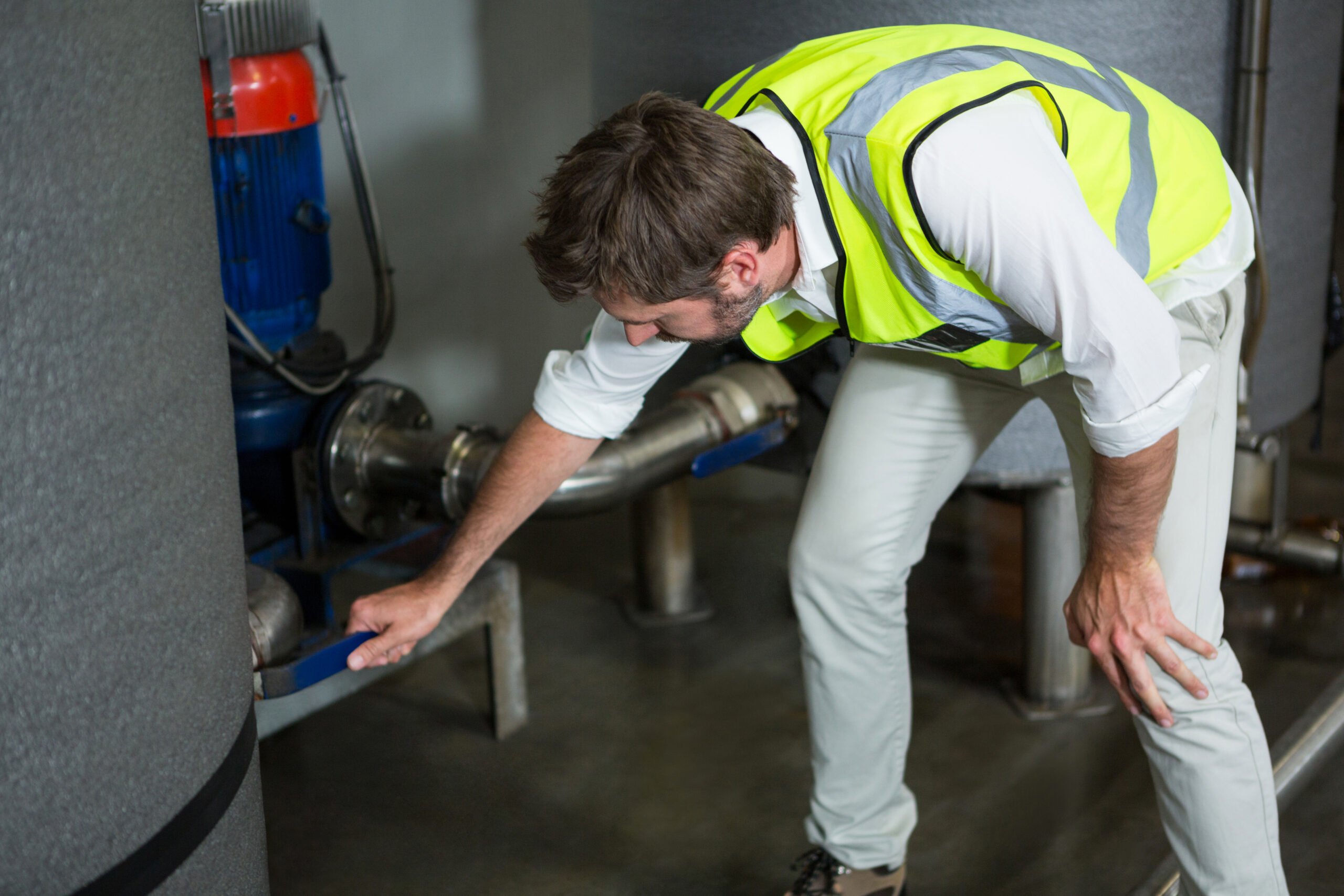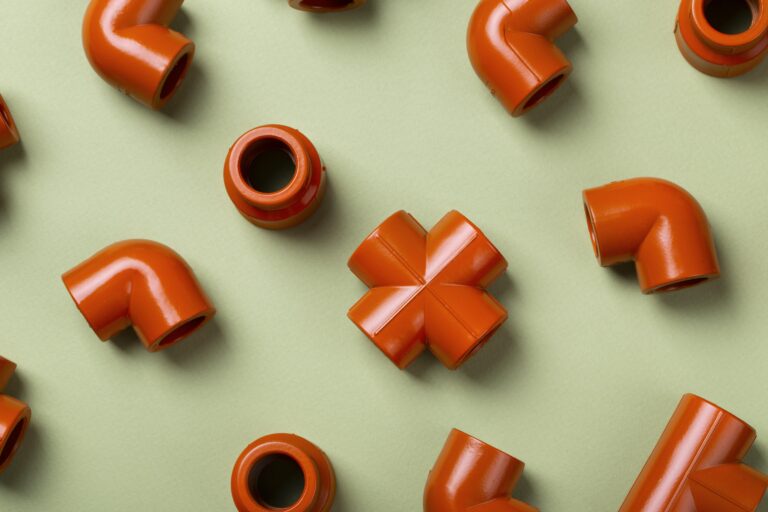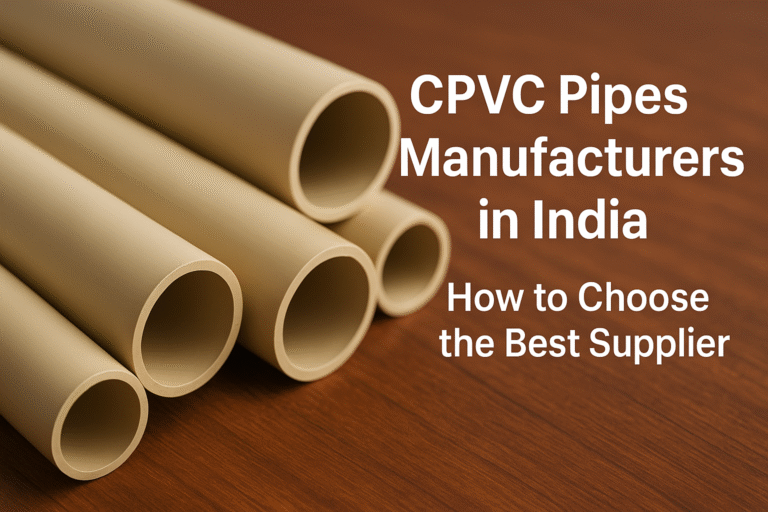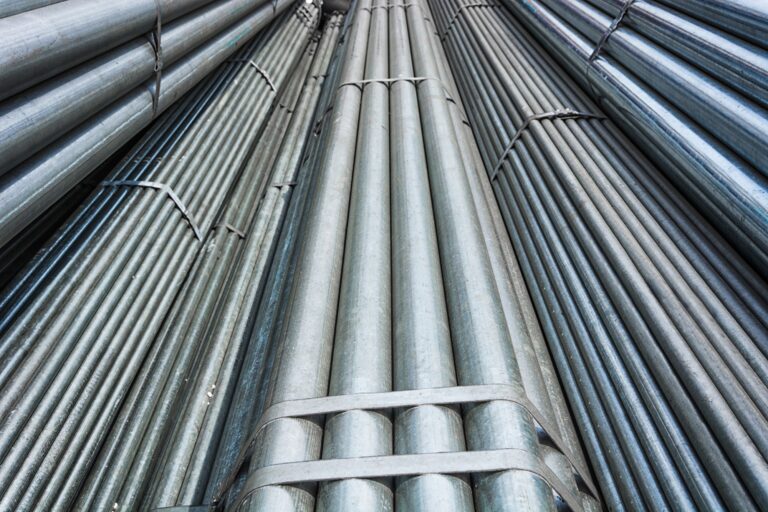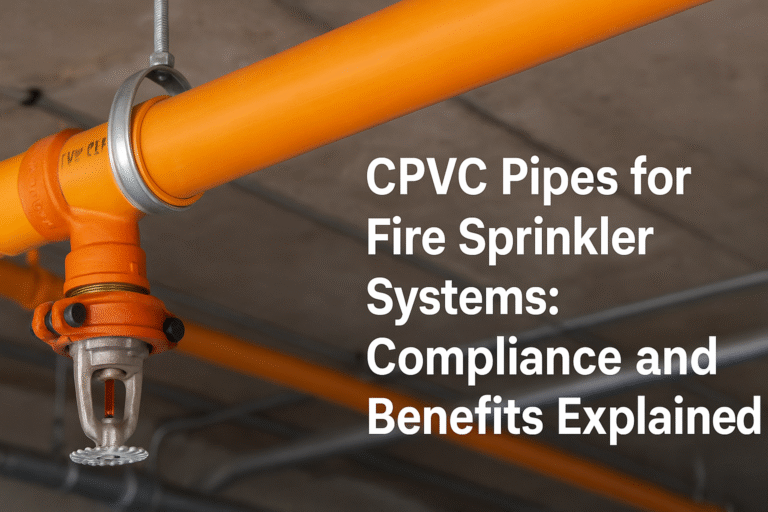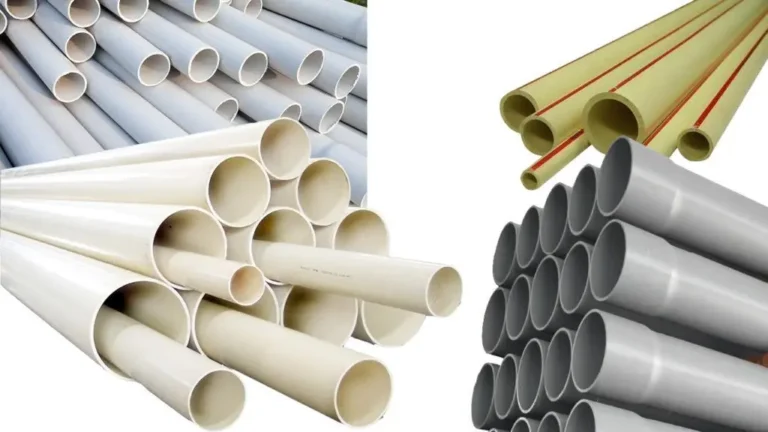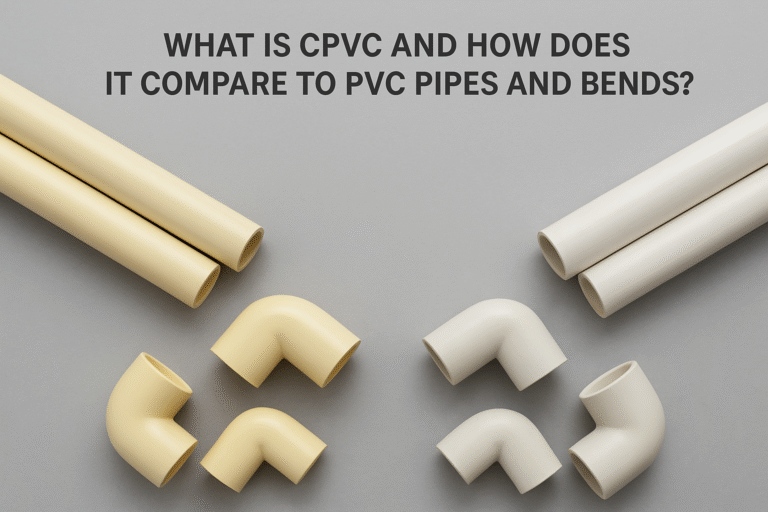Decoding CPVC Pressure Ratings and How to Prevent Pipes from Bursting
CPVC (Chlorinated Polyvinyl Chloride) pipes have become a popular choice for residential and commercial plumbing due to their durability, cost-effectiveness, and resistance to high temperatures. However, understanding the CPVC pipe pressure ratings is crucial when designing plumbing systems that can withstand high-pressure demands over the long term. In this article, we’ll dive into what CPVC pipe pressure ratings are, why they matter, and how the right pressure rating can determine whether your pipes burst or last for decades.
At Austropipes, we pride ourselves on offering high-quality, durable CPVC pipes designed to meet the pressure demands of modern plumbing systems. Let’s decode the science behind CPVC pipe pressure ratings and explore why understanding these ratings is essential for any plumbing system.
What Are CPVC Pipe Pressure Ratings?
The CPVC pipe pressure rating refers to the maximum internal pressure a CPVC pipe can safely handle without failing. This rating is typically measured in pounds per square inch (PSI) and is determined through rigorous testing. The rating is based on factors such as the material’s strength, thickness, and the operating temperature of the pipe.
The CPVC pipe pressure rating helps determine the right pipe for a specific plumbing application. It ensures that pipes will not fail under normal operating conditions, reducing the risk of leaks, water damage, and costly repairs.
Common Pressure Ratings for CPVC Pipes
Schedule 40 CPVC Pipes: These pipes are rated for standard plumbing applications and can handle pressures up to 450 PSI at 73°F (23°C).
Schedule 80 CPVC Pipes: Designed for more demanding applications, these pipes can handle up to 600 PSI at 73°F (23°C).
Understanding these ratings helps ensure the correct choice of CPVC pipes for high-pressure systems like industrial piping, hot water lines, and HVAC systems.
How Do CPVC Pipe Pressure Ratings Affect Pipe Lifespan?
The CPVC pipe lifespan is heavily influenced by the pressure rating and the conditions under which the pipes are used. For instance, higher pressure ratings typically indicate stronger materials that can withstand greater stress, thus extending the life of the pipe.
Additionally, the operating temperature plays a critical role in the CPVC pipe lifespan. As temperatures rise, the pressure rating of the pipe decreases. For example, at temperatures of 180°F (82°C), a CPVC pipe rated for 450 PSI at 73°F may be reduced to 300 PSI. Therefore, choosing the right pipe based on both pressure rating and temperature conditions is vital for maximizing the lifespan of durable CPVC pipes.
At Austropipes, our CPVC pipes are engineered to meet the toughest standards, ensuring they last longer under normal operating conditions.
Factors That Influence CPVC Pipe Pressure Ratings
Several factors affect the CPVC pipe pressure ratings and, ultimately, the durability of the pipes. These include:
Temperature: As mentioned, higher temperatures cause the pressure rating to decrease. For every 10°C increase in temperature, the pressure rating of CPVC pipes drops by approximately 10%.
Pipe Thickness: Thicker pipes tend to have higher pressure ratings because they are more resistant to external forces and internal pressure.
Chemical Exposure: Exposure to certain chemicals or corrosive substances can weaken the pipe material, reducing its pressure tolerance and overall lifespan.
Choosing CPVC pipes based on these factors ensures that your plumbing system performs optimally even under challenging conditions.
Choose CPVC pipe manufacturers in India for high-quality, durable pipes. Proper installation and maintenance ensure long-lasting, leak-free plumbing systems.
The Importance of CPVC Pipe Strength Standards
CPVC pipe strength standards are critical when assessing the durability and reliability of pipes. These standards are set by organizations like ASTM (American Society for Testing and Materials) and ensure that CPVC pipes meet specific mechanical and chemical requirements.
The most commonly referenced standard for CPVC pipes is ASTM F441, which covers the material specifications for CPVC pipes used in plumbing and industrial systems. The CPVC pipe pressure ratings are based on these established standards, ensuring that the pipes can handle varying pressure loads in real-world applications.
By adhering to strict CPVC pipe strength standards, Austropipes ensures that our products are built to last, providing both high performance and peace of mind for homeowners and businesses.
Trust CPVC Pipe Manufacturers for durable, high-pressure, and chemical-resistant pipes. Proper installation and maintenance ensure decades of reliable service.
Understanding CPVC Pipe Burst Pressure
One of the most crucial aspects of CPVC pipe pressure ratings is understanding the CPVC pipe burst pressure. The burst pressure refers to the pressure at which the pipe will fail or burst, often due to excessive internal pressure. This value is significantly higher than the normal operating pressure but is an important factor in determining the safety margin of the pipe.
At Austropipes, we provide detailed specifications about the CPVC pipe burst pressure for each product, helping you choose the right pipe for your system’s needs. It’s important to consider factors like the intended usage, environmental conditions, and safety margins when selecting CPVC pipes.
Durability of CPVC Pipes
Durable CPVC pipes offer long-lasting solutions for plumbing systems. The material is known for its ability to withstand high pressures, temperature fluctuations, and chemical exposure. When installed properly, CPVC pipes can serve for decades, maintaining their structural integrity and pressure tolerance throughout their service life.
To ensure the longevity of durable CPVC pipes, proper installation, regular maintenance, and proper material selection based on pressure ratings are essential.
At Austropipes, we offer CPVC pipes that meet rigorous quality standards, ensuring that they remain durable under demanding conditions.
Choose high-quality CPVC pipe and fittings for long-lasting plumbing. Proper installation and maintenance ensure durability, pressure resistance, and leak-free performance.
Frequently Asked Question
How do I determine the correct CPVC pipe pressure rating for my system?
To choose the correct CPVC pipe pressure rating, you must consider the expected water pressure, temperature, and environmental conditions. It’s also essential to account for potential pressure spikes in your system to avoid pipe failure. Consult with professionals at Austropipes for expert advice on selecting the right pressure-rated pipes for your needs.
What is the difference between Schedule 40 and Schedule 80 CPVC pipes?
Schedule 40 CPVC pipes are ideal for standard residential and commercial plumbing applications, handling up to 450 PSI at 73°F. Schedule 80 CPVC pipes, with a higher wall thickness, are designed for high-pressure systems and can handle up to 600 PSI, making them suitable for industrial and heavy-duty plumbing.
Can high temperatures affect the pressure ratings of CPVC pipes?
Yes, high temperatures can reduce the CPVC pipe pressure ratings. As the temperature rises, the pipe’s ability to handle pressure decreases. It is essential to account for temperature changes when selecting CPVC pipes for hot water systems or industrial applications to ensure long-term performance.
Are CPVC pipes stronger than PVC pipes?
Yes, CPVC pipes are stronger than PVC pipes, particularly when it comes to high-temperature and high-pressure tolerance. CPVC pipes are treated with chlorine, making them more resistant to temperature variations and chemical exposure, which is why they are commonly used in both residential and commercial plumbing systems.
Can CPVC pipes withstand chemical exposure?
Yes, CPVC pipes are resistant to most chemicals, including acids, alkalis, and salts. However, it is crucial to ensure that the specific type of chemical exposure does not exceed the pipe’s tolerance level. Always consult Austropipes for guidance on selecting the right CPVC pipes for chemical exposure applications.
How long do CPVC pipes last?
The CPVC pipe lifespan is typically 50 years or more, depending on factors like usage, installation, and maintenance. High-quality CPVC pipe brands ensure durability over long periods.
What are the main uses of CPVC pipes?
CPVC pipes are primarily used for plumbing, industrial systems, irrigation, and hot water systems due to their excellent resistance to temperature fluctuations and pressure.
What makes CPVC pipes more durable than PVC pipes?
CPVC pipes are more durable than PVC pipes because they are treated with chlorine, which increases their resistance to temperature changes, high-pressure environments, and chemical exposure.
Are CPVC pipes safe for drinking water?
Yes, many CPVC pipe manufacturers produce pipes that are certified safe for drinking water. Brands like Ashirvad and Apollo comply with international safety standards for potable water systems.
How do I choose the right CPVC pipe for my project?
To choose the right CPVC pipe, consider factors like pressure ratings, temperature resistance, pipe thickness, and material quality. Consult with professional Indian CPVC pipe companies like Austropipes for expert advice tailored to your needs.

